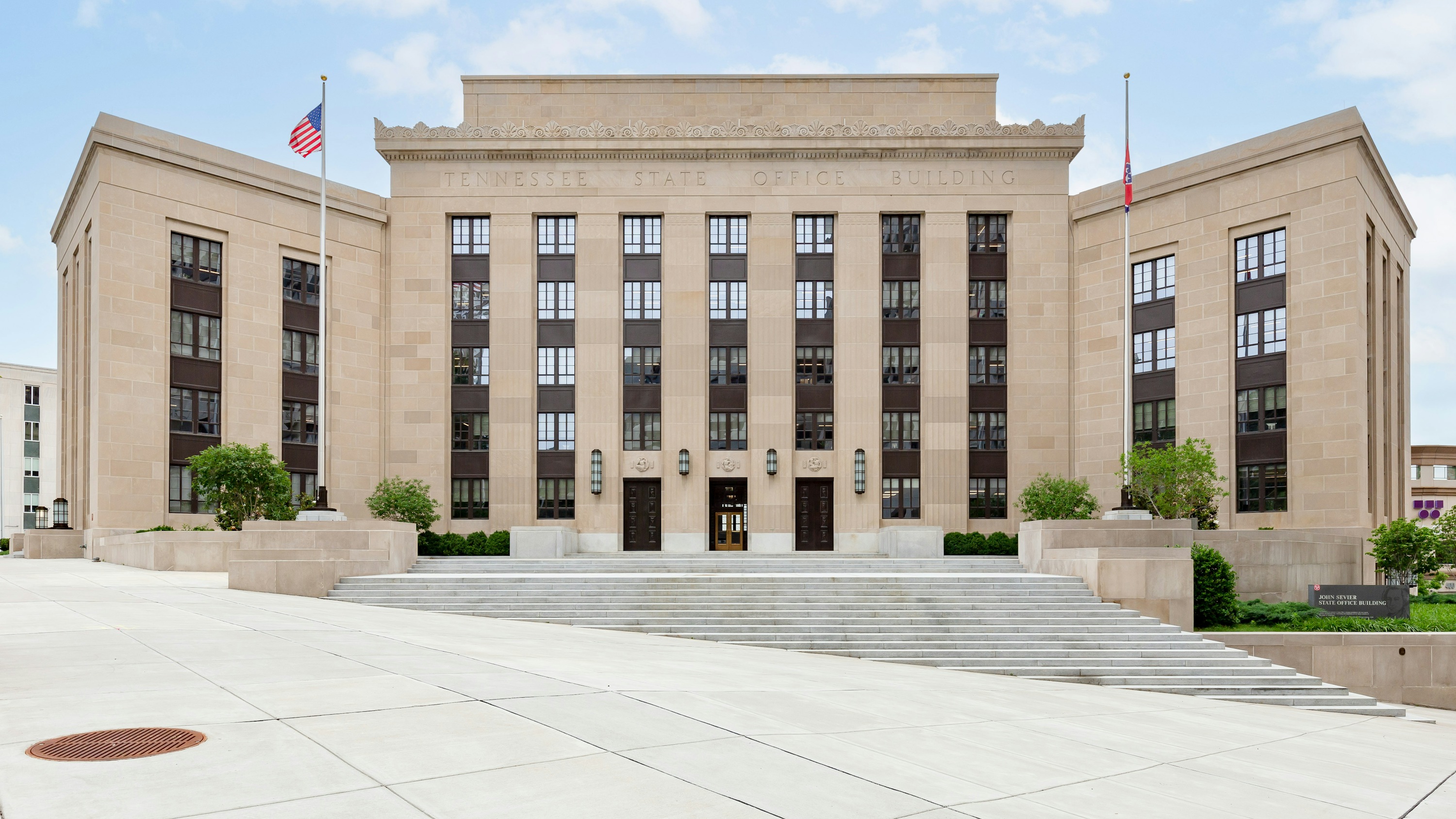
Historic buildings are cornerstones of communities across the country, and many are culturally significant locations of history-shaping events. By preserving these buildings, communities can keep their history alive and solidify their legacies.
Historic preservation projects often involve elements that are as unique as the buildings themselves. Approaches often differ from those in modern buildings for a variety of reasons, such as longer wait times for custom-made replication materials and applications for inclusion on the National Register of Historic Places.
The National Park Service describes four main categories for the treatment of historic properties:
While each of these project types involves a variety of considerations, there are several shared discussion points and best practices to note before beginning a historical renovation project. Wold | HFR Design’s Steve Griffin, AIA, principal, and Beth Meadows, AIA, CDT, associate, share five best practices for executing historic renovation projects:
Buildings that are at least 50 years old are considered historic projects. Before beginning work on a historic building, become familiar with the U.S. Department of the Interior’s preservation and restoration requirements. Establishments that are considered historic should be listed on the National Register of Historic Places to document their significance. If the property is not already registered, ensure you partner with an architect early on who can help you with the application process.
Historical projects are one of the more critical project types where an architect should lead from beginning to end. They are not merely another project; historical renovations require specialized design and must ensure architectural consistency. Engaging experienced architects and construction partners for your project is critical. When unexpected repairs or potential damages occur, it's imperative that your team understands how to determine the best solutions.
At the engagement's onset, contracting partners must determine the scope of work. This conversation covers any and all desires of the project, including systems, windows, flooring, lighting, HVAC, building envelope and much more. Discussing the priorities and expectations at the beginning of the project mitigates miscommunication and missing pieces down the road.
If possible, engage a third party to perform laser measuring to give insight into existing measurements that may differ from the original documents. This “point cloud” system saves time by using and uploading data points into the designated software to create more accurate line work to define the actual wall locations. It is also helpful to implement laser measuring once demolition is complete to identify any potential additional square footage.
Unlike routine renovation or restoration projects, historical builds do not come with “as-is” documentation. While conducting a renovation, property owners or representatives should commission a historic structure report (HSR) to document the building’s history, significance, property issues and other connected site features.
The HSR comprehensively documents the physical condition of the historic building. This report describes the original design intent with historical elements and addresses the existing condition of the building, as well as what is potentially missing from the structure. The process can also assess the potential for selective demolition to find conditions that may not be visible. The HSR team typically consists of architects, building code professionals, historians, engineers and more. These reports establish a baseline for design and create a building guide based on the budget.
Every historic renovation process involves in-depth creativity and problem-solving from the architect. Since challenges are unpredictable, architects should plan to visit historical project sites more often than usual to provide hands-on direction and assistance and be on-call for any unexpected issues.
Historic buildings are a living part of our history and bring character to communities. Not only does preserving these buildings maintain their significance, but it’s also a more sustainable and less expensive way to carry on an area’s legacy.
Our team is proud to have worked on a variety of significant historic projects across Tennessee, from the John Sevier State Office Building to the Tennessee Governor's Mansion, and is grateful for the opportunity to help preserve meaningful history in the communities in which we live and work.
If you are interested in additional information about Wold | HFR’s expertise in historic projects, please contact Steve Griffin at sgriffin@woldhfr.com or Beth Meadows at bmeadows@woldhfr.com. Our multidisciplinary team of professionals would welcome the opportunity to help assess your needs and develop the best solutions to make your next project a success.